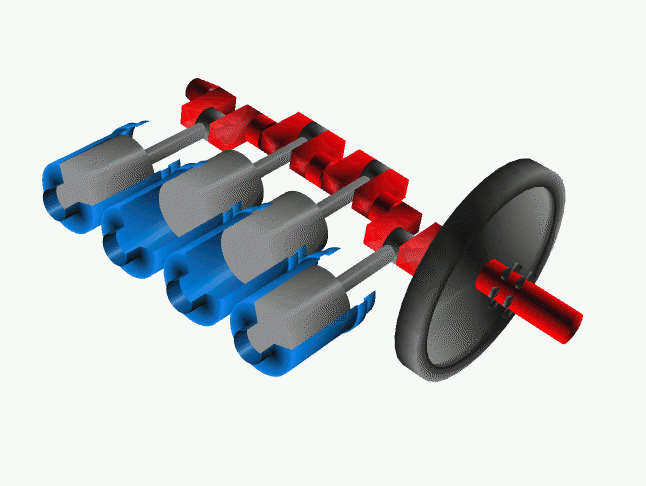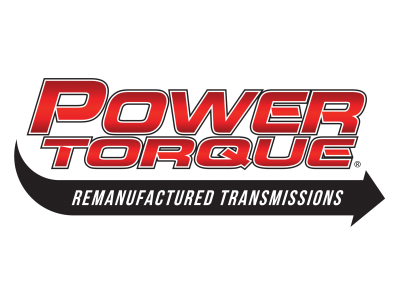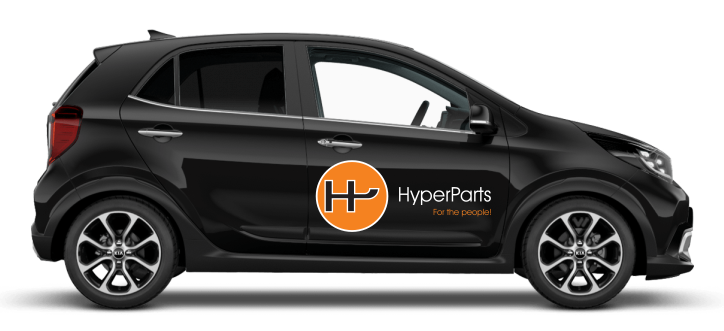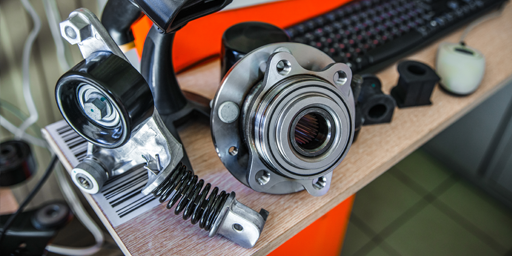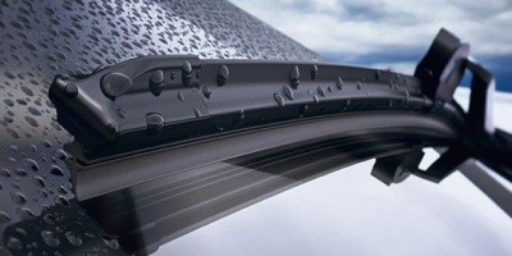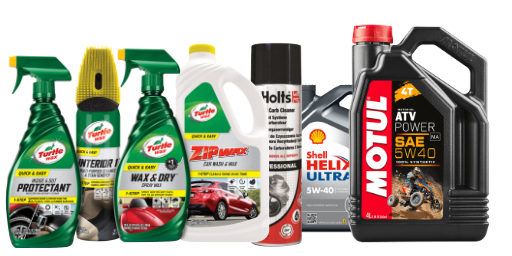
HyperParts stock a wide range of high quality crankshaft parts for various vehicles and models.
What does the crankshaft do in a car?
The crankshaft is a rotating assembly located along the bottom end of a car’s engine. It converts the vertical movement of the engine’s pistons into the rotational movement required to drive the wheels of the car.
In a modern, four-cylinder engine, the crankshaft includes four evenly spaced shafts. These connect to the engine’s pistons via connecting rods.
As the pistons move up and down, they cause the crankshaft to rotate.
Large bearings attach either end of the crankshaft to the engine. It connects to the flywheel and, through that, to the clutch.
When the clutch is engaged, the rotational energy of the crankshaft is transmitted through the gearbox and via the differential to the driveshafts, which are attached to the wheels. This is what turns the wheels.
The crankshaft in a car also drives the camshaft, via a timing belt. In turn, the camshaft works with the valve train to control the input of fuel and air into the engine cylinders, and the escape of exhaust gases.
Signs of a worn or damaged crankshaft
The basic mechanism of a crank is straightforward. An automotive crankshaft, however, is a finely engineered part of a complex system.
It has built-in weights and balances to minimise vibration, and connects to other critical components that control engine performance. It must also be very strong and properly lubricated to handle the wear and tear to which it’s subjected.
In modern vehicles, a crankshaft position sensor should detect any fault with the crankshaft.
The vehicle’s engine control unit (ECU) will either prevent the engine from starting at all or prevent it from revving above a low threshold.
The Check Engine light on the dashboard should also illuminate.
Other possible signs of a faulty crankshaft system include:
- increased vibrations throughout the vehicle (this could indicate a defective harmonic balancer)
- knocking sounds from the engine, due to dirty or damaged bearings
- uneven engine performance, due to a problem with the crankshaft sensor
- low oil pressure indicators and leaks, due to a cracked or broken crankshaft seal.

